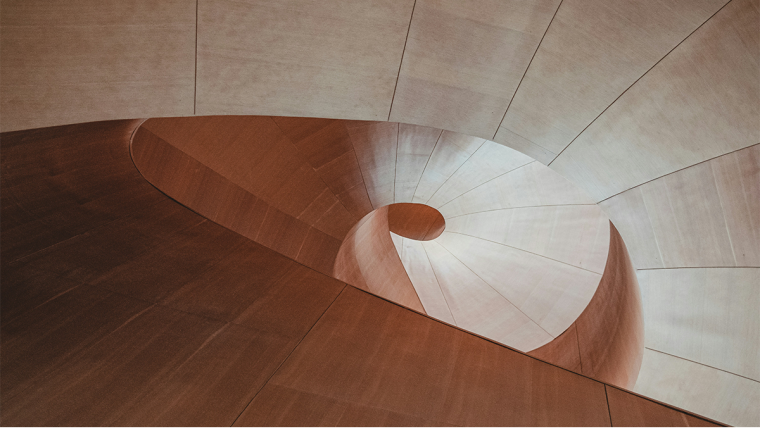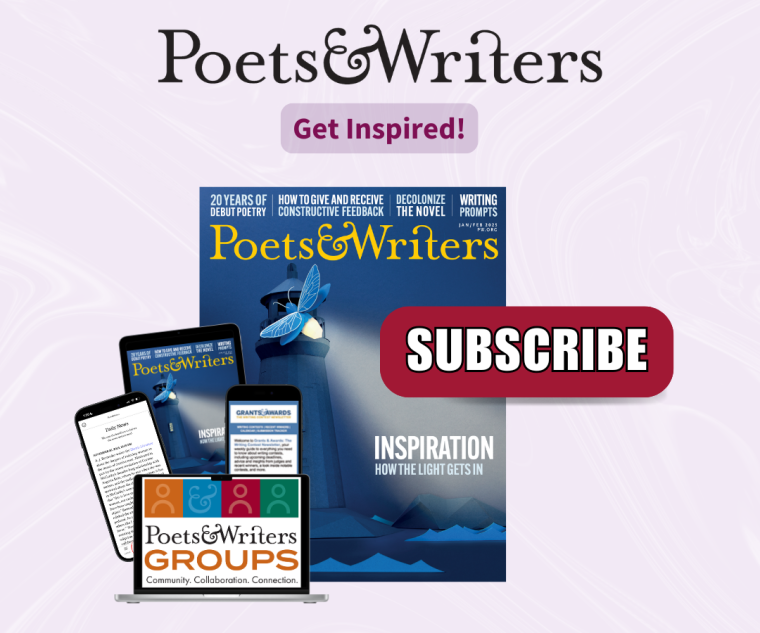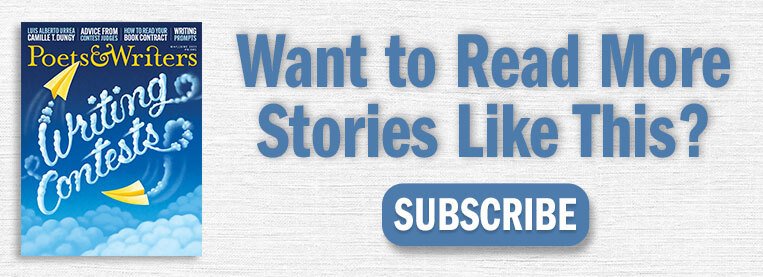In our Craft Capsule series, authors reveal the personal and particular ways they approach the art of writing. This is no. 212.

In the opening pages of my new book, The Body Alone: A Lyrical Articulation of Chronic Pain, I spoil the ending:
I should tell you now, this is a story that doesn’t end well.
Or maybe it’s better to say that this is a story that doesn’t end how you think it will end.
Or maybe I should just tell it to you exactly like it is: This is a story that doesn’t end.
Perhaps spoil is the wrong word. The Body Alone isn’t a murder mystery in which the plot hinges on a surprise reveal. Far from it. It is a hybrid nonfiction reckoning with chronic pain as I have experienced it for the last seventeen years. It wouldn’t be wrong to say the book is the antithesis of a reveal. Maybe disclosure is a better word: In the opening pages I disclose the book’s ending. I pull the ending from the final pages and strategically place it at the beginning. This move not only distorts the traditional narrative structure but also invites readers into a wider, more true experience of the story.
By subverting the narrative arc in this way, I put all my cards on the table. It was a cue, a calculated decision that clarified expectations while properly positioning readers to approach the text. Because on the one hand, The Body Alone is all about endings. I scrutinize the limits of language. I do my best to portray the fragile end of hope. My research treks to the end of available medical information. The book chronicles the ending of one version of life. It holds the end of a marriage. It witnesses the end of patience with a healthcare system that shrugs its shoulders at the millions of women who live with chronic pain. From this perspective, the early and repeated emphasis on endings makes perfect sense. But on the other hand, the book actively resists the idea that answers are synonymous with endings.
So why did this narrative arc matter to the story I was telling? How did subverting the traditional chronological format, one that places the ending at the end and not the beginning, expand and enhance the book?
One of the challenges I encountered while writing this book was how to tell a story that was still in motion, one that lacked a resolute ending. My focus wasn’t on a singular event from the past. And because the book was rooted in memoir, I wasn’t afforded the luxury of distance from my subject. I needed to write from within the confines of an evolving story; the way I saw Abby Norman write about her ongoing struggle to receive proper care and treatment for endometriosis in Ask Me About My Uterus: A Quest to Make Doctors Believe in Women’s Pain (Bold Type Books, 2018), or how Sarah Manguso carefully chronicled her illness in her memoir The Two Kinds of Decay (Farrar, Straus and Giroux, 2008). The goal was to put my finger on the truth, or at least a version of truth, while the story unraveled around me. How could I write about uncertainty with the confidence typically afforded to clarity? What would it look like to focus on crafting questions instead of delivering answers? Not only was it necessary to make peace with the fact that the story didn’t have a neat and tidy ending, but I also needed to integrate this reality into the very structure of the book.
The only way I was able to accomplish this was within the hybrid form of The Body Alone. The book required more than one literary modality to tell the story it needed to tell. For the experience of the story to be properly communicated, in addition to a memoir thread I would need to incorporate selected medical records. I would need to call out the lack of vocabulary words to express the full experience of pain. The text needed to contain research and poetry and criticism. Together, these multiple elements hit the necessary notes for the story to progress. Within the text, there are boundaries, movement, and micro-moments of resolution and rest. Embracing the story’s hybridity created space to set aside the traditional quest for resolution in favor of crafting a narrative that honors questions and dignifies uncertainty.
Hybridity makes room in the literary world for writing that looks and sounds and feels different on the page. It pushes the boundaries inside genre by utilizing multiple literary forms, techniques, or designs to create new work. At the same time, hybridity exists outside genre because it intentionally combines cross-genre modalities to tell a single story. So whether it exists inside or outside genre, hybrid writing is guided by an understanding of and commitment to the belief that certain stories require specific layering, combining, and formatting. I am drawn to hybridity, especially when writing about the body, because it embraces rather than challenges malleability and opens space for voices and stories that have previously struggled to find publication. Though writers may experiment, test, and try many methods throughout the process of writing, hybrid writing itself is not an experiment. It’s a realized form that respects the symbiotic relationships among form, content, and reader.
Nina Lohman’s book, The Body Alone: A Lyrical Articulation of Chronic Pain (University of Iowa Press, 2024), is an inquiry into the experience, meaning, and articulation of pain.
image credit: Juan Rojas.






